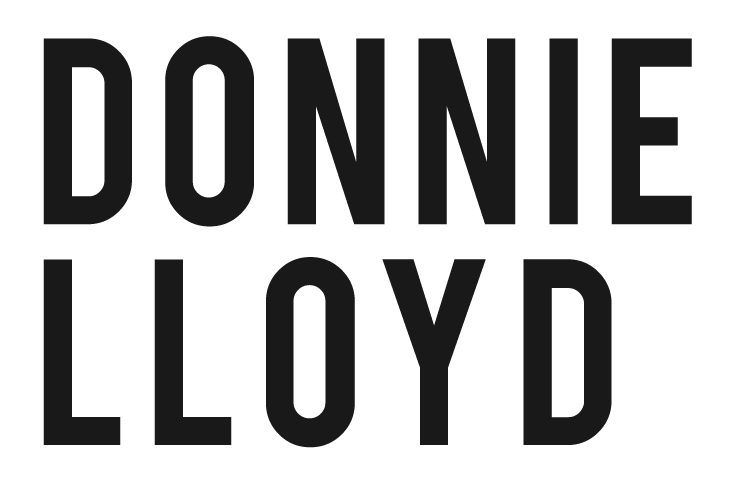ten parts guts
Filmmaking. Some people follow the storyboard, some follow their gut. Keith Malloy? Ten parts gut, zero parts plan. Well, I take that back. He’s got a plan, it’s just hard to discern it behind that beard. Fortunately, he’s got some friends who know how to organize, use cameras, record sound, scuba dive and put out fires. Creating a piece of cinema worth remembering takes a village, and someone with a gut instinct. Such is the case with Fishpeople, Keith’s latest film.
As the production photographer, the observations I took away from the experience extended far beyond capturing digital images. Here are a few impressions that I’ll remember for the rest of my days.
It all started in San Francisco on a cold, misty morning. We’re driving through low-income neighborhoods in a white van with Eddie Donnellan at the wheel and cameras in our hands. We’re here to pick up a rambunctious crew of kids to take them surfing. “Easy with the cameras boys,” Eddie mentions as we pull into a particularly gritty neighborhood. The relationship that Eddie shares with these Bay Area communities abolishes many of the social barriers that were inherited from our forefathers. He’s a bleeding heart, a nurturing father, a social worker and, most compelling, a man passing on the liberating experience of being in the ocean to kids who did not receive it as a child like he did.
Fast-forward to Long Beach, California. Monika (our producer) is trying to convince some L.A. County lifeguards to be a part of our film. Meanwhile, Mary Thoit, a 93-year-old woman, is swimming the bay with her mentee and Fishpeople character, Lynne Cox. If the qualities of the ocean were ever attributed to keeping us young, Mary would be a shining example. Mary reflects on Lynne’s accomplishments, specifically swimming the Bering Strait from Alaska to the USSR during the cold war. It was compelling to see her pay such tribute to Lynne’s determination to swim great lengths.
Dave Rastavich, a fixture of surfing inspiration in my life, buzzes by me in a sailing canoe on an open ocean Tasman Sea swell. In that moment, I realize that surfing is just a fraction of his waterman’s existence, and for that matter, his joy. This is quite contrary to what the surf industry told me about Dave growing up. And so goes the story of Dave as featured in Fishpeople—an amphibian of many natural talents.
We’re hopping in the car to leave for the next round of shooting when Ray Collins comes out of his house saying, “Mate, you’re going to need this for those clear waters of Tahiti.” He hands me an underwater dome port for my camera. This is not a gift to give away like a party favor. This is a profound gesture that is representative of Ray’s unbridled spontaneity to engage in newfound community, strangers at the coffee shop and, in the case of Fishpeople, swimming amid unique and powerful waves—peering into their faces through the lens of his camera. The poster photo for this film was made possible by the underwater port Ray gifted me.
A foreigner with a camera is a liability for sacred communities. Traditions, landmarks and relationships can easily be exploited. Keith’s career of traveling and storytelling has equipped him with the sensitivity to avoid such exploitation. Or maybe it’s always been a resource of that gut instinct. The folks that lent a lens and a hand to the making of this film set the bar high. They treaded lightly, preserved integrity and shared their wisdom with me—not the average qualities of a film production. The crew—Scott Soens, Monika McClure, Andrew Schoneberger, Dave Homcy, Emily Grant, Erin Feinblatt, Peter Beer and more—all these individuals, who vary in personality, made possible the climate for the creation of this hearty piece of cinema, this proper dose of inspiration.
This story first appeared on Patagonia's Blog in 2017.

